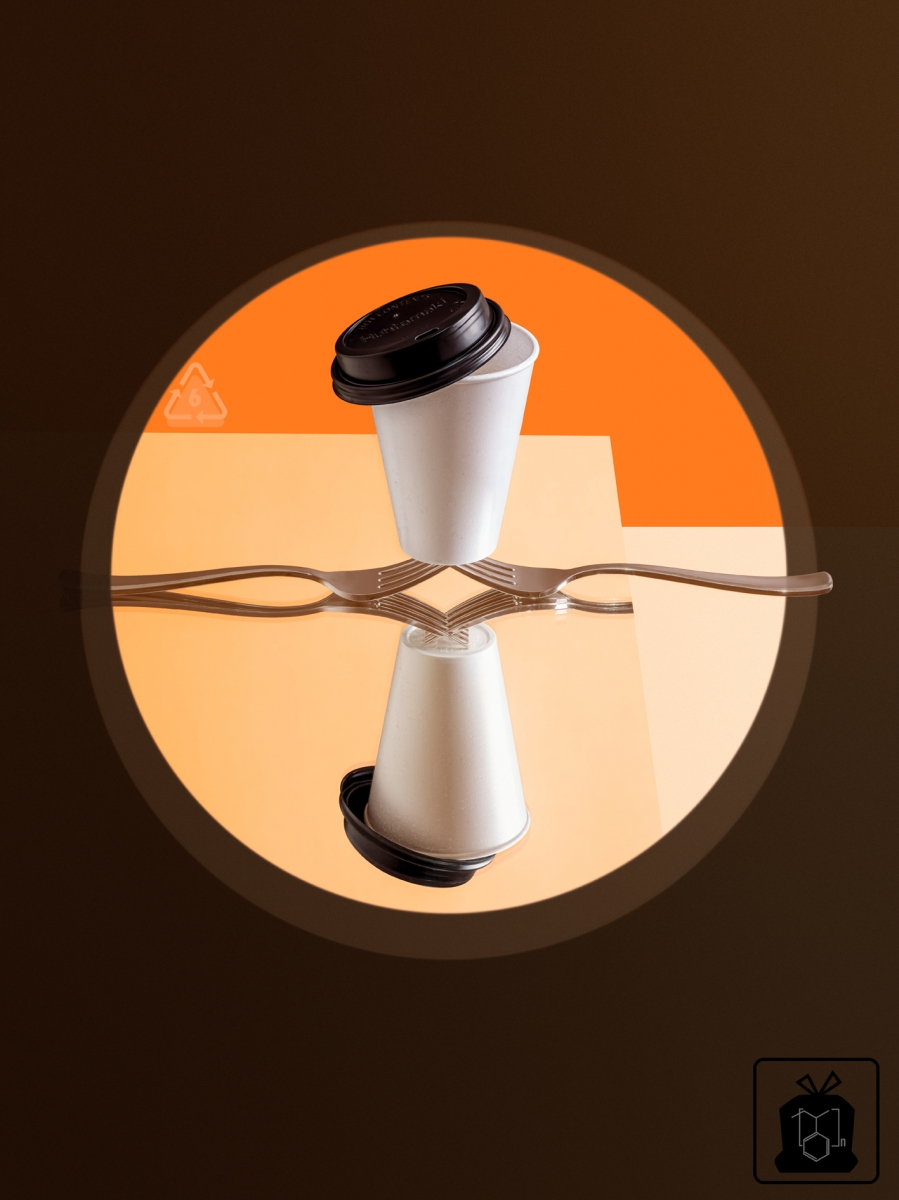Honorable Mention

Non-Recyclable Plastics
DESCRIPTION
Why is there a differentiated set of words for fabrics or timber in our vernacular, but only about one for plastics? Plastic is everywhere, in bottles, packaging and many other everyday objects. Yet, not all plastics are created equal. Plastics are a large family of different materials, each with its own properties, applications, and health and environmental impacts. The Society of the Plastics Industry therefore introduced a classification system for the different types of plastics, the Resin Identification Code, which consists of a number from 1 to 7 in a triangle of chasing arrows, and can be found on most plastic products.
The image is part of the ongoing series “Living in the Age of Plastic”. With this project, I aim at compiling an overview of the plastic types pervasive in our daily lives. For this purpose, I stage plastic objects from my everyday life as Still Life arrangements, sorted by type of plastic. Each type is assigned a colour. A textual level provides background and consumer information. Meaning is created through the interplay of photographs, colours, symbols and texts. With this project, I want to create a visual world that expands our verbal notion of plastics. I hope to encourage viewers to be mindful of which types of plastic are part of their lives and to provide reliable information to support consumers in their purchase decisions.
Cups, cutlery, or containers for food are often made of polystyrene (PS). Unfortunately, polystyrene is a type of plastic which is not commonly recycled and should be placed in the waste bin.